As Philippines reels from fatal crashes, road safety overhaul calls mount
From unlicensed drivers to substandard infrastructure, the deadly aftermath of recent crashes is forcing a reckoning on Philippine roads
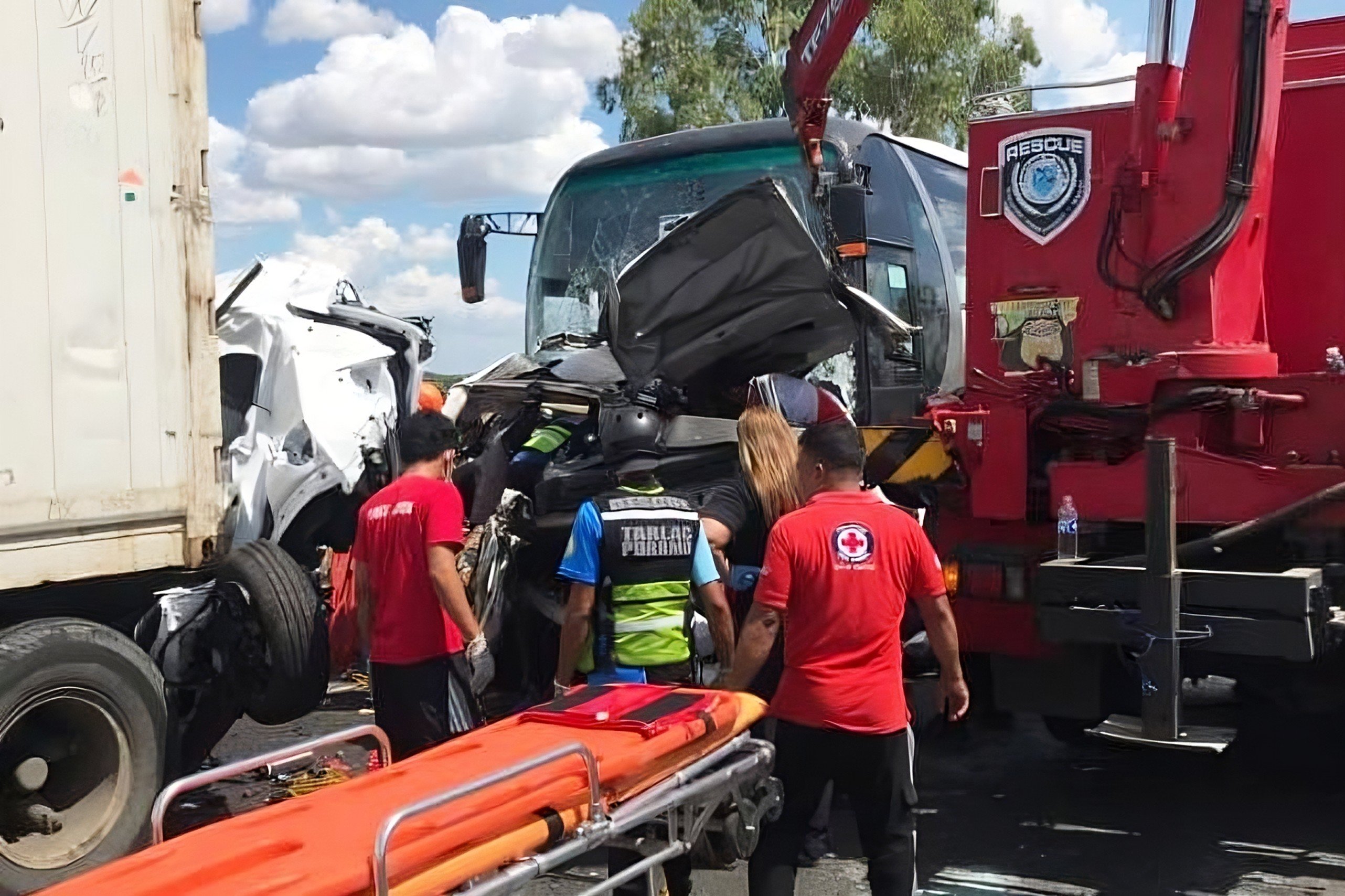
On May 1, Jerry Tuazon was driving his wife, eight-year-old son and six others to a Christian youth camp in Pangasinan, more than 200km (124 miles) north of Manila, when they stopped briefly at a petrol station along the Subic-Clark-Tarlac Expressway.
The next thing he remembered was waking up in a hospital bed.
“I thought I was dreaming. I said, ‘God, please wake me up from this dream. This has gone far too long, this is not where I’m supposed to be,’” he told This Week in Asia.
Tuazon was the only survivor in his group of nine. A multiple car pile-up claimed 10 lives, including his wife and child, and left 40 others injured.
“I had a bad feeling in my gut but I could not explain why,” said Jedidiah Castor Miral, a cousin of Tuazon’s wife. “It wasn’t until my sister called in hysterics, saying ‘They’re all gone.’”
“At first, we could not believe the news and we had asked why it happened, although it later dawned on us, ‘Who are we to question God’s will?’” Miral said.
The tragedy has renewed scrutiny of the Philippines’ crumbling road safety standards, as public outrage mounts over a spate of deadly accidents blamed on systemic failures – spanning weak law enforcement, unregulated driver practices and corruption in infrastructure and licensing.
Experts say these issues reflect long-standing governance lapses that put millions of Filipinos at risk daily.
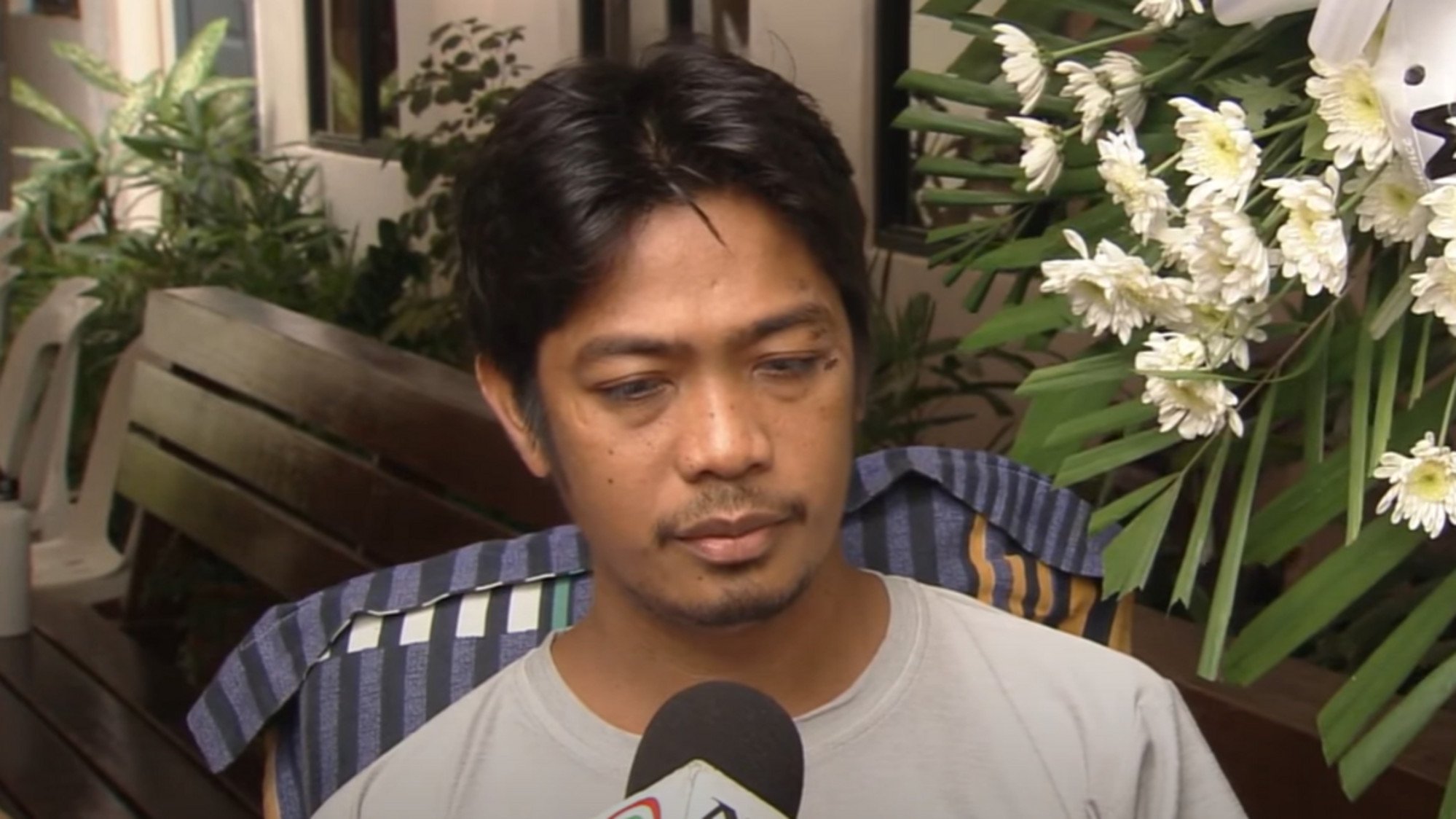
Safety enforcement under fire
The bus driver involved in the crash on May 1 now faces a string of criminal charges, including multiple counts of homicide, “frustrated murder” and causing physical injury. Solid North, the bus company, has suspended operations.
Authorities revealed the driver had dozed off at the wheel, and while he tested negative for alcohol, he refused a drug test. Officials later confirmed he had been on prescription medications that might have caused drowsiness.
Tuazon, despite his grief, said he no longer harboured anger towards the driver. But he insisted on accountability. “We have laws we need to follow. We only want what is right and just, and the appropriate penalty based on the consequences,” he said.
Just days after the crash, tragedy struck again. Last Sunday, a four-year-old girl and a man were killed when an SUV ploughed through a bollard and onto a walkway outside Ninoy Aquino International Airport Terminal 1.
The driver claimed he accidentally hit the accelerator instead of the brake while exiting a parking space.
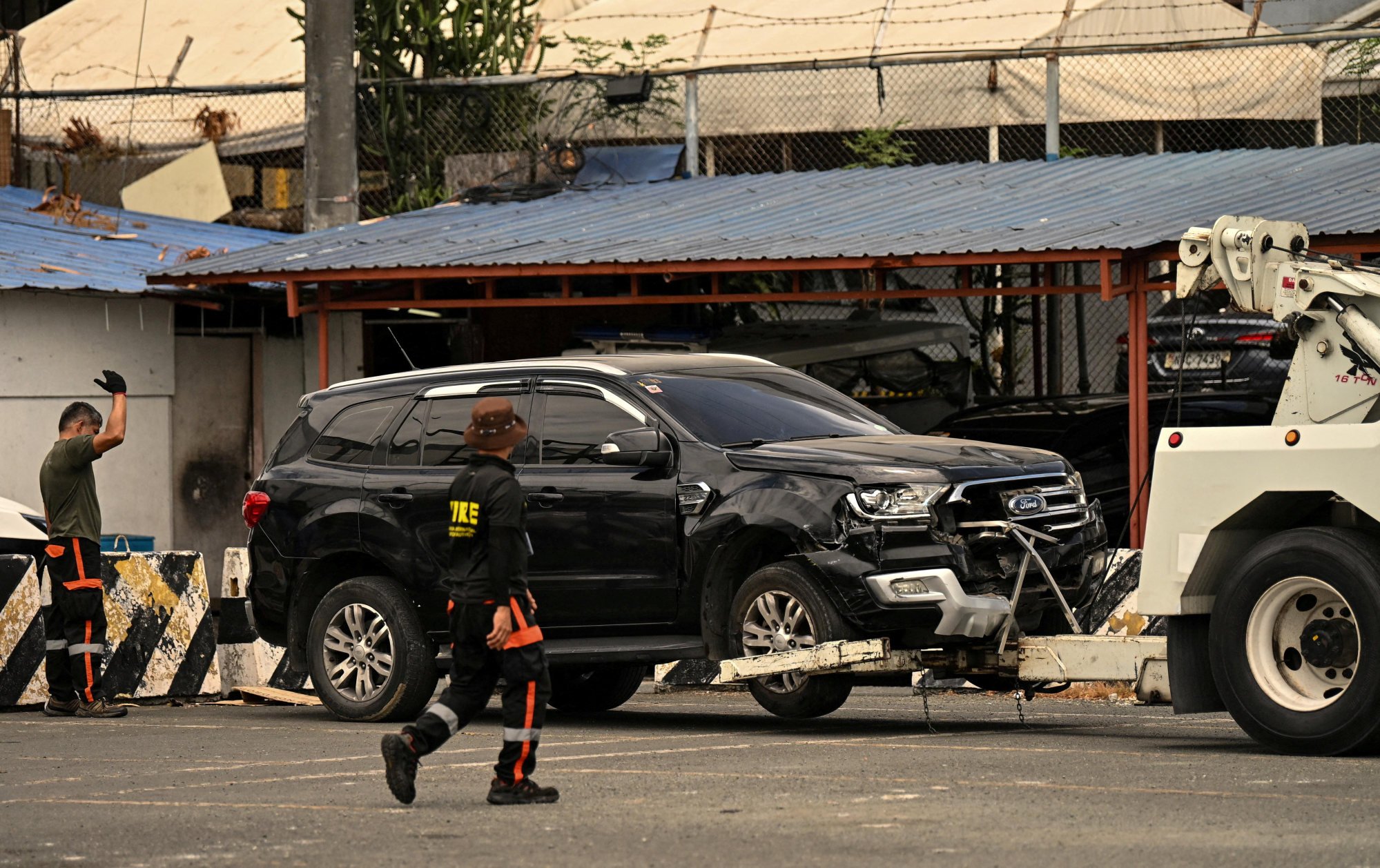
Corruption to blame?
The two deadly crashes have triggered a widespread backlash, with Filipinos decrying government failures to enforce road laws and curb unqualified drivers.
About 12,000 Filipinos die in road accidents each year, according to the Department of Health. Over the Christmas holidays alone, between December 22 and January 6, the agency recorded 703 crashes, resulting in eight fatalities.
Manila’s Highway Patrol Group police unit reported a 35 per cent increase in road crash deaths in 2024.
Online, Filipinos have blamed corruption as the root cause. Critics accuse officials of tolerating substandard infrastructure and “fixing” or manipulating licensing processes.
“As someone who spends more time on the road than at home because of work, I’m no longer surprised by the reckless drivers I encounter daily – not when the system meant to discipline traffic violators and promote safer driving is turned into a sick joke,” photojournalist Ezra Acayan wrote on Facebook.
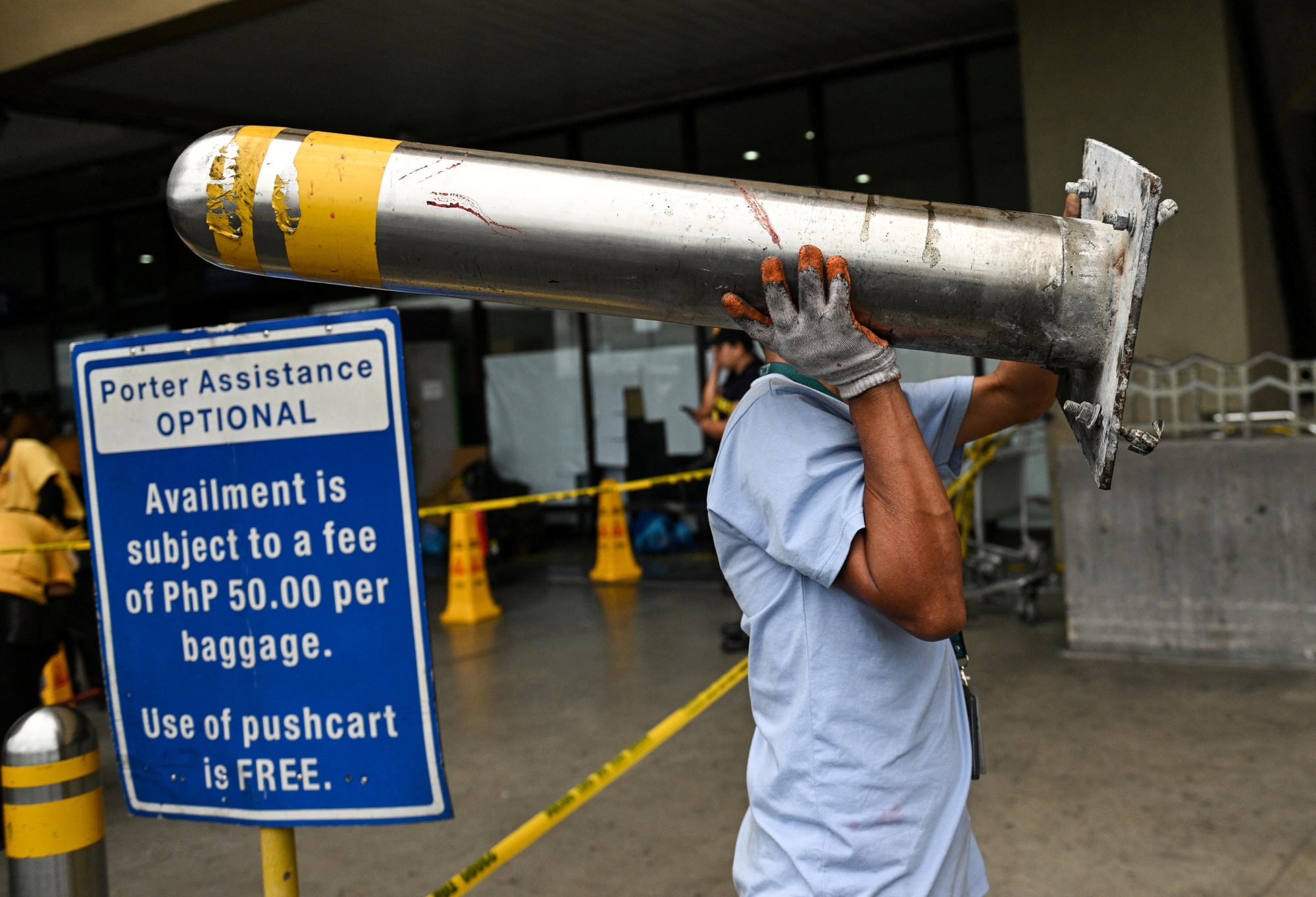
The public outcry has also drawn responses from the country’s politicians. Lawmaker Arlene Brosas called for an investigation into the crash, citing corruption allegations.
“The bollard [at the airport] was not deep, so it seemed to be substandard,” she told local media. “The deeper problem might be corruption within, where we see government contracts using substandard materials, which pose a danger to the lives of our people.”
Philippine President Ferdinand Marcos Jnr has ordered investigations into both accidents and a separate review of bollard installations and their technical specifications. Marcos also directed the Department of Labour and Employment to target exploitative practices in the transport sector, such as excessive shifts and quotas that exacerbate driver fatigue.
But experts warn that piecemeal interventions will not be enough. The government must overhaul its licensing system, according to Ray Cadiz Macalalag, leadership board member of the Global Youth Coalition for Road Safety.
“It is sometimes misconstrued that driving is a right, when in fact it is a privilege that must be earned … Our drivers still lack the safety mindset,” he said, advocating for stricter licensing protocols and a merit-demerit system.
Amala Rolloque, a trustee of the Centre for Policy Studies and Advocacy on Sustainable Development, echoed these calls for reform. “When unqualified drivers acquire licences or unsafe roads are built because of corruption, the price we pay is human life,” she said.
Rolloque urged the government to digitalise the licensing process to eliminate “fixing” and demanded full transparency and accountability in infrastructure projects.

Systemic failures
Institutional weakness also undermines road safety in the Philippines, according to Sophia Monica San Luis, executive director of public interest law group ImagineLaw.
“The Philippines has many road safety laws that are not being enforced fully,” she told This Week in Asia, citing poor road design and fragmented management as key issues. Responsibility for road safety is split between the Department of Public Works and Highways and local governments – a structure that often led to finger-pointing and inaction, she said.
“Until now, our enforcers in the Land Transportation Office and the police are not sufficiently equipped with speed guns, breath analysers or drug tests,” San Luis said. “And because enforcement is split, the national government often waits for local governments to act, and vice versa.”
She advocated for “clear, comprehensive ordinances” to define and enforce responsibilities at a local level, while noting that the national government had taken a step in the right direction by creating a road safety task force on April 23.
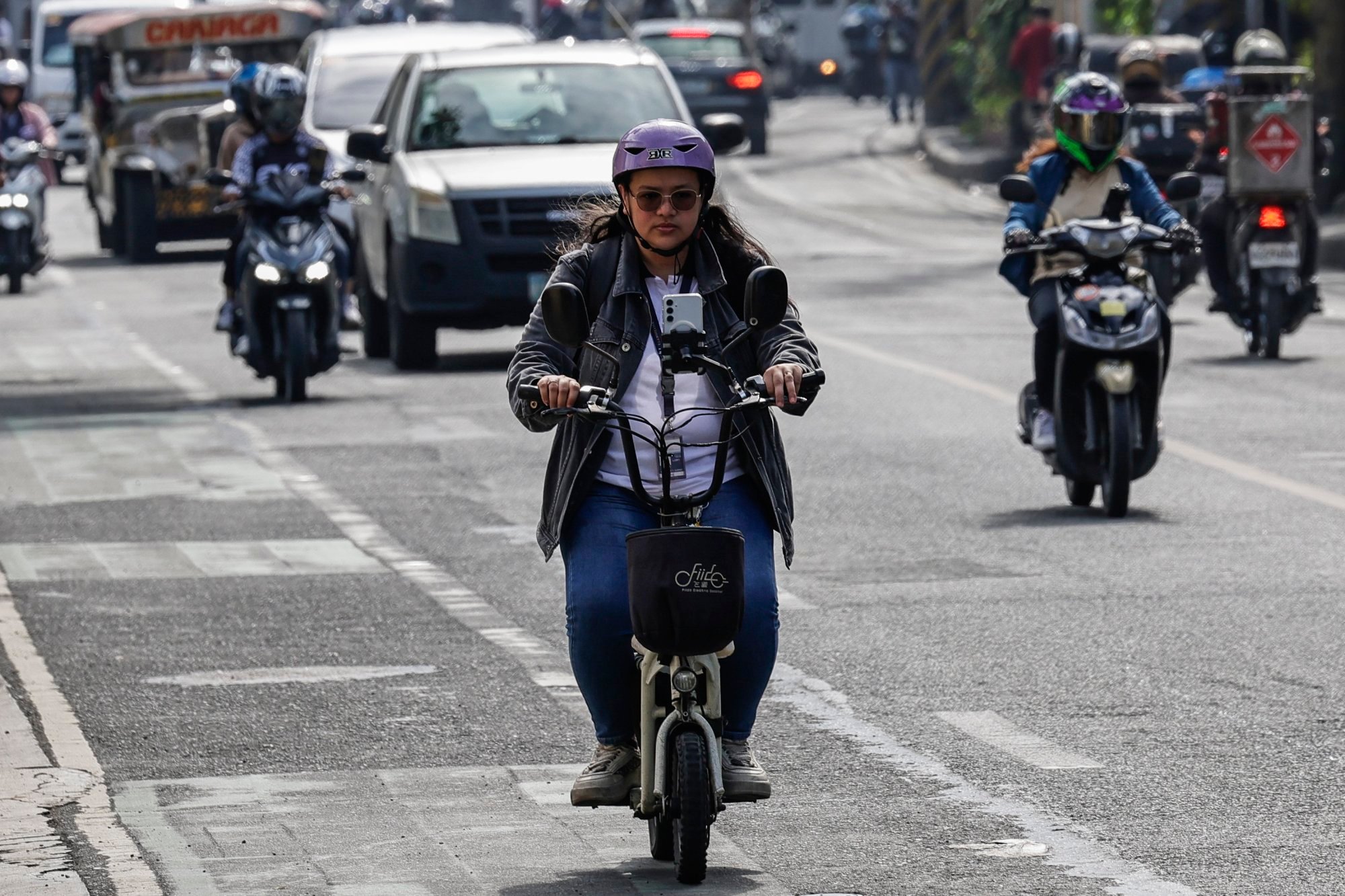
Jun Estallo, director for special projects at the Philippine Advocates for Road Safety, highlighted another critical issue: the lack of regulation on bus drivers’ working hours. Current policies leave it to companies to set limits, with no government oversight.
“There is no enforcement aspect,” he said. “There are no regulatory bodies or agencies monitoring driver thresholds, and our laws do not say anything about regulating that.”
Urban planner Dan Bayona, meanwhile, said a more robust transport infrastructure, coupled with the political will to enforce existing laws, was needed.
“Transport laws and policies are not just for an administration’s legacy; they must be enforced and implemented,” he said.
“We already have the Philippine Road Safety Action Plan in place. It’s crucial that the government revisit and follow through on these interventions to ensure safe and accessible roads for all.”
Tuazon, still recovering from his injuries, added his voice to the growing calls for change.
“To our government, many have put their trust in you and you have been duly elected,” he said.
“Please implement our road safety laws strictly and increase bus franchises so that bus companies don’t feel the need to chase profit and to better serve the people. Please focus on providing public service.”